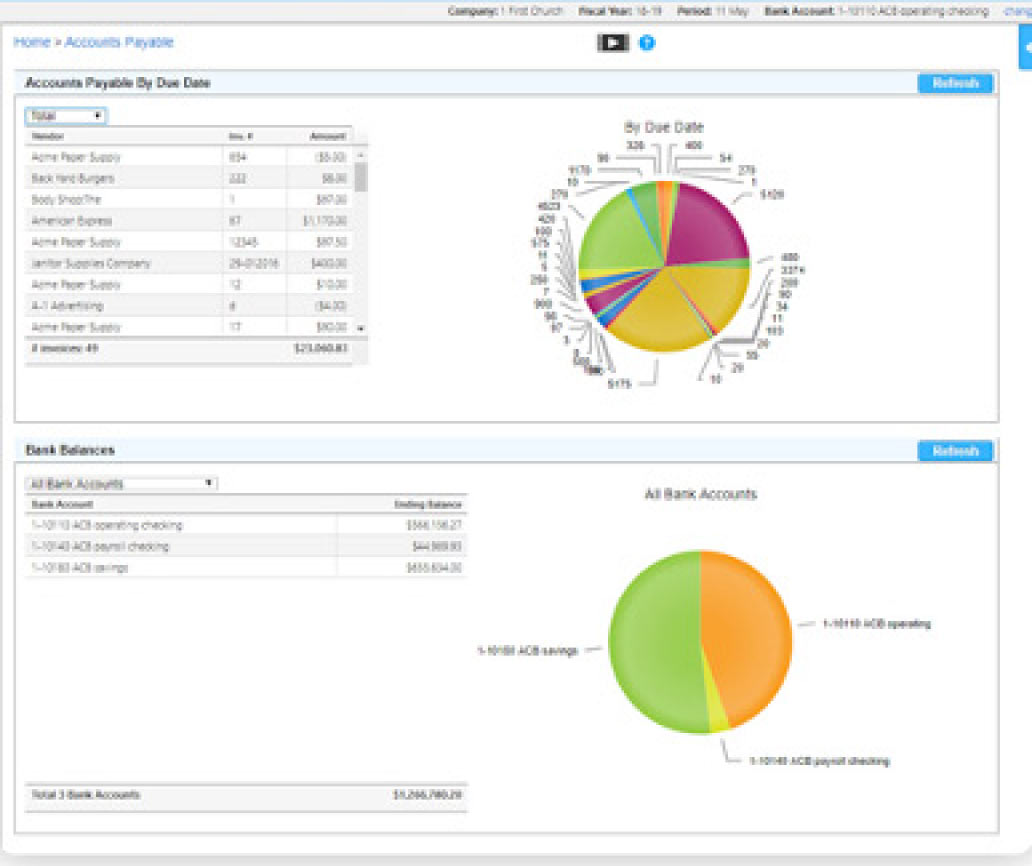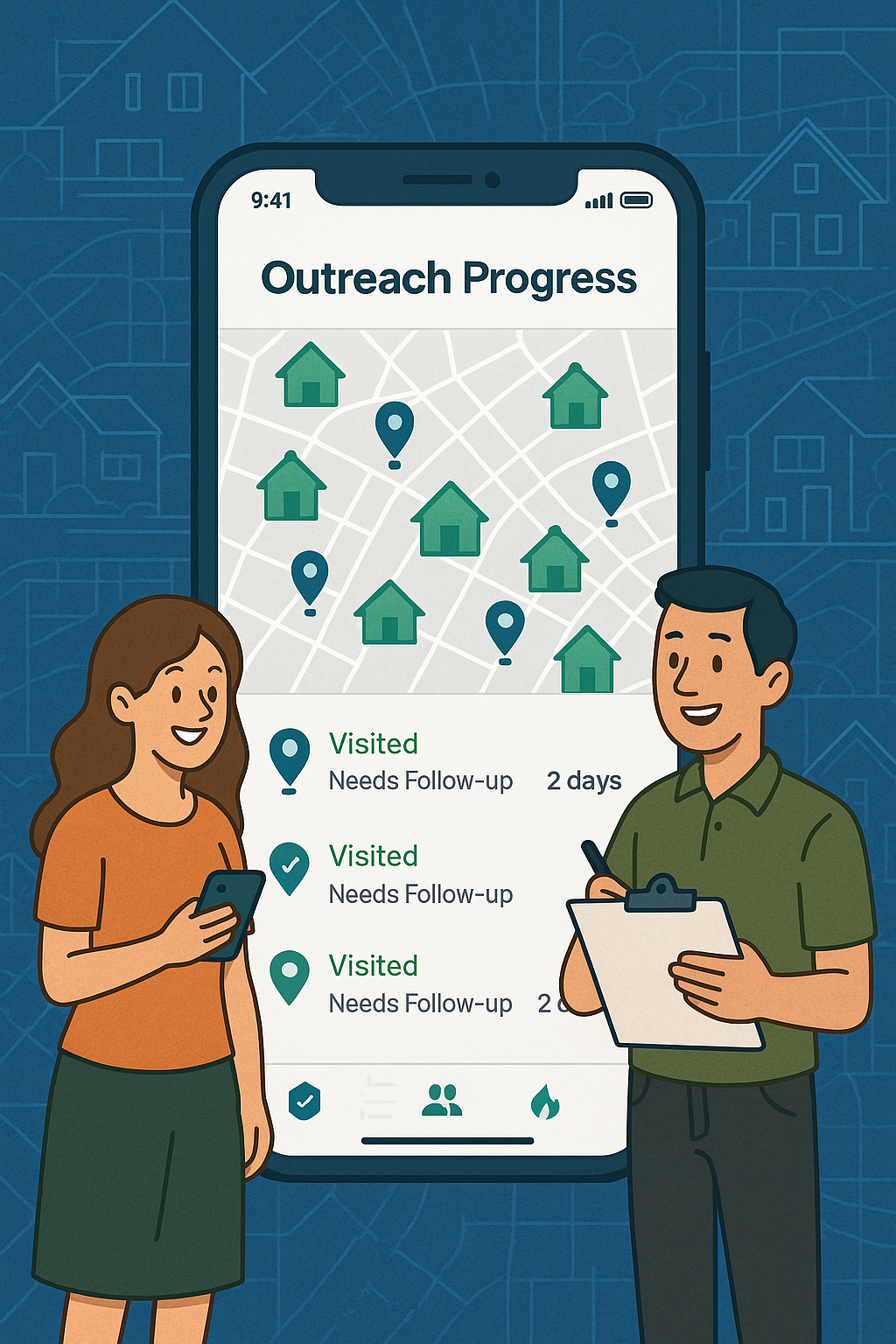
Understanding Church CRM
Definition and Purpose of Church CRM
Church CRM, or Church Customer Relationship Management, is a powerful software tool designed to help churches manage their relationships with members and attendees. It serves a vital purpose by organizing communication, tracking engagement, and ensuring that no member feels overlooked. Imagine a church leader effortlessly keeping track of each member’s attendance, donations, and involvement in various ministries. That’s the magic of Church CRM!
Benefits of Implementing Church CRM
Implementing Church CRM can transform the way a congregation operates. Here are some key benefits:
- Enhanced Communication: Streamlined communication between church leaders and members fosters a sense of community.
- Increased Engagement: By knowing members’ interests, churches can tailor programs that resonate more.
- Improved Member Retention: Understanding individual needs leads to higher satisfaction and loyalty.
Common Features of Church CRM Software
Most Church CRM systems come equipped with essential features that maximize their effectiveness:
- Member Management: Keep track of personal information and engagement history.
- Event Management: Organize events, track RSVPs, and follow up post-event.
- Contribution Tracking: Monitor donations and provide tax statements effortlessly.
With these tools, churches can not only grow but thrive in their mission!

Importance of Membership Growth
Impact of Membership Growth on Church Community
Membership growth is not just a numerical win for any church; it significantly enriches the community spirit. When new members join, they bring diverse experiences and fresh perspectives, fostering a lively and inclusive environment. For instance, one church member once shared how the addition of different cultural backgrounds led to the introduction of meaningful multi-generational programs, enhancing the congregation’s unity.
Challenges in Increasing Church Membership
However, the journey to increasing membership isn’t always smooth sailing. Some common challenges include:
- Competition from Other Local Organizations: Churches now compete with community groups, sports clubs, and online platforms.
- Changing Attitudes towards Organized Religion: Many individuals prioritize spirituality outside traditional church settings.
- Reaching Younger Audiences: Engaging millennials and Gen Z, who may prefer digital interactions, can be tough.
Role of Church CRM in Enhancing Membership Growth
This is where Church CRM shines! By offering tailored engagement strategies, it enables churches to address these challenges effectively. With features like targeted outreach and personalized communication, churches can attract and retain members. For example, a robust CRM system can send personalized welcome messages, inviting newcomers to upcoming events, ensuring they feel valued right from the start. In essence, Church CRM is a catalyst for creating vibrant, thriving congregations!

Leveraging Church CRM for Membership Growth
Data Management and Segmentation for Targeted Outreach
With the challenges in church membership growth in mind, utilizing Church CRM effectively becomes crucial. One of the most powerful features of CRM systems is data management. By collecting and segmenting information about members—such as interests, attendance patterns, and demographic details—churches can create tailored outreach strategies. For example, a data-driven approach might reveal a significant interest in youth programs among new families. Targeted invitations to these events can lead to increased engagement!
Personalizing Communication and Engagement with Members
Next, personalization is vital. No one enjoys generic church announcements! Through CRM, churches can craft personalized emails or texts, offering a warm welcome to newcomers or congratulating members on milestones like anniversaries. Imagine receiving a thoughtful message acknowledging your birthday—that connection fosters loyalty and community spirit.
Tracking and Analyzing Membership Trends for Informed Decision-Making
Additionally, leveraging CRM to track and analyze membership trends provides invaluable insights. For instance, if attendance drops during certain months, churches can investigate the reasons and adjust programs accordingly. This data-driven approach ensures that decisions are rooted in actual trends rather than assumptions, leading to more effective strategies for continuous membership growth and community enhancement!
Strategies for Successful Membership Growth
Developing a Comprehensive Membership Growth Plan
As churches continue to strive for membership growth, having a solid, well-structured plan is essential. Developing a comprehensive membership growth plan involves setting clear goals, identifying target demographics, and deploying strategies tailored to meet those goals. For instance, one church set a goal to increase its youth membership by launching mentorship programs that connect young people with seasoned members.
Utilizing Automation and Integration for Efficient Processes
Automation can be a game changer in this endeavor. By integrating Church CRM with communication tools, scheduling software, and social media, churches can streamline processes. Imagine automating reminder texts for upcoming events; it frees staff to focus on building relationships rather than getting bogged down with administrative tasks. Some churches even use automated welcome messages for new members, ensuring they feel valued right away!
Engaging Members through Events, Programs, and Communication
Lastly, engaging your members is crucial for retaining and growing your congregation. Organizing diverse events, such as community service days or social gatherings, fosters camaraderie. Regular communication about upcoming programs, successes, and prayer requests helps maintain a connection. Remember, a vibrant, welcoming atmosphere encourages members to invite friends and grow the church community naturally!

Overcoming Common Challenges
Addressing Resistance to Technology Adoption
As churches embark on their journey towards leveraging Church CRM for membership growth, they often encounter resistance to technology adoption. Many staff members and volunteers may be accustomed to traditional methods, feeling overwhelmed by the prospect of new tools. Understanding their concerns is crucial. For instance, inviting team members to share their thoughts in a casual meeting can help facilitate open dialogue. Explain the benefits: increased efficiency, better engagement, and more meaningful connections with members!
Ensuring Data Privacy and Security in Church CRM Usage
Another vital challenge lies in ensuring data privacy and security in Church CRM usage. Protecting members’ sensitive information is non-negotiable. Churches should prioritize selecting CRM systems that comply with data protection regulations and implement robust security measures. Regular training on data handling practices helps create a culture of responsibility around privacy.
Training and Supporting Staff and Volunteers in CRM Implementation
Lastly, training and supporting staff and volunteers during CRM implementation is essential. Develop a supportive onboarding process that includes easy-to-follow tutorials and ongoing resources. Imagine how much smoother the transition would be when volunteers feel confident using the new system! By addressing these common challenges, churches can set themselves up for success, ultimately fostering a thriving community committed to their mission.

Measuring Success and Continued Improvement
Establishing Metrics for Tracking Membership Growth
Once a church has laid the groundwork for membership growth, measuring success becomes paramount. Establishing clear metrics is essential for tracking growth effectively. Consider metrics such as:
- New Member Acquisitions: How many new members joined in a specific period?
- Participation Rates: What percentage of members are involved in activities?
- Retention Rates: How many members remain engaged over time?
For example, one church regularly reviews these metrics to identify trends, enabling them to adapt strategies as needed.
Conducting Regular Assessments and Adjustments
Conducting regular assessments allows churches to refine their growth strategies continuously. Quarterly reviews of membership data can reveal what’s working and what isn’t. If attendance at youth events is low, for instance, churches can adjust their approach by surveying members to gather feedback on new programs or offerings.
Celebrating Milestones and Successes in Membership Growth
Finally, celebrating milestones and successes is key to maintaining momentum. Whether it’s hosting a special recognition service for new members or sharing growth stories in newsletters, these celebrations help foster community spirit. Acknowledging achievements reminds everyone of the collective mission and encourages further participation in church initiatives, fueling future growth!

